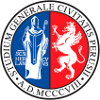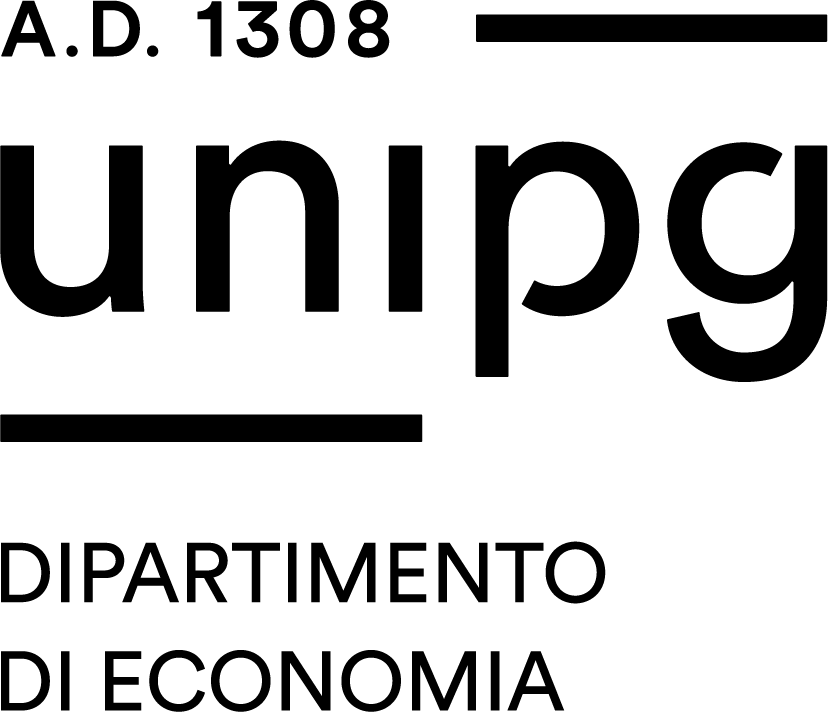Study-unit AEROSPACE MICROWAVE AND RADIOFREQUENCY SYSTEMS
| Course name | Electronic engineering for the internet-of-things |
|---|---|
| Study-unit Code | 70A00097 |
| Curriculum | Consumer and aerospace iot |
| Lecturer | Stefania Bonafoni |
| Lecturers |
|
| Hours |
|
| CFU | 9 |
| Course Regulation | Coorte 2023 |
| Supplied | 2024/25 |
| Supplied other course regulation | |
| Learning activities | Caratterizzante |
| Area | Ingegneria elettronica |
| Sector | ING-INF/02 |
| Type of study-unit | Opzionale (Optional) |
| Type of learning activities | Attività formativa monodisciplinare |
| Language of instruction | Italian |
| Contents | - Wireless communication systems - Review and insights on the theory of antennas - Friis formula and Link Budget in different application conditions - Radar systems (ground and satellite based) - Enabling technologies for space-based radar and telecommunications systems - Use of electromagnetic simulation software |
| Reference texts | Slides of the teacher in English. |
| Educational objectives | The course starts from the knowledge of the basics relating to radio frequency circuits and antennas to introduce the student to the knowledge of the principles and techniques that find application in modern wireless microwave and radio frequency systems for aerospace, from telecommunications systems to radar systems |
| Prerequisites | Basics of Electromagnetics and Antennas are necessary for the understanding of the Course. A basic knowledge of Matlab is useful. |
| Teaching methods | The course is organized as follows: - Lectures (lecture hall) on all course topics - Lectures with the use of software suitable for solving electromagnetic problems. |
| Other information | Attendance: strongly recommended |
| Learning verification modality | The exam consists of an oral test of about 45 minutes long aiming to ascertain the knowledge level and the understanding capability of theoretical/methodological contents and the capability to solve practical and applicative problems analyzed within the Course. The oral exam will also assess the student communication, exposure and language skills. |
| Extended program | - Introduction to wireless communication systems. Channel noise. Satellite systems for TLC: overview. - Review of antenna theory: characteristic parameters of antennas (radiation pattern, directivity, gain, efficiency, effective area). Polarization of em waves and Polarization Loss Factor - Characterization of noise in receivers: noise figure, equivalent noise temperature. - Friis formula: ideal and non-ideal conditions (antenna pointing, polarization, and matching). Effective Isotropic Radiated Power (EIRP). Link margin. Examples. - Link Budget: analysis and computation of the main parameters. Rain attenuation and depolarization, rain fade models for terrestrial and satellite links. Use of Matlab codes to calculate atmospheric and rain attenuation. Examples: downlink/uplink budget, link budget for a complete GPS system. - External and internal noise sources: Antenna temperature, System temperature. Numerical examples. Sun Outage. - Radar systems: description and basic parameters. Radar equation. Unambiguous range and range resolution. Signal reception in the presence of internal/external noise. Pulse integration. Radar cross section (RCS). Antennas for radar systems. Pulse compression. Circuit components. - Radar systems from satellite platforms: observation geometry and side-looking radar. Resolution in range and azimuth. Real Aperture Radar (RAR) and Synthetic Aperture Radar (SAR). - Devices for beam-forming networks: Attenuators, splitters, hybrid junctions. Wilkinson Divider, Branch Line. Switched-line phase shifter. Reflection phase shifter. - Enabling technologies for space-based radar and telecommunications systems: array antennas and slotted waveguide array antennas, mutual coupling of radiating elements. Power networks, reflect arrays. - Electromagnetic design and simulation techniques using commercial software for the design of microwave antennas and components |
| Obiettivi Agenda 2030 per lo sviluppo sostenibile |


